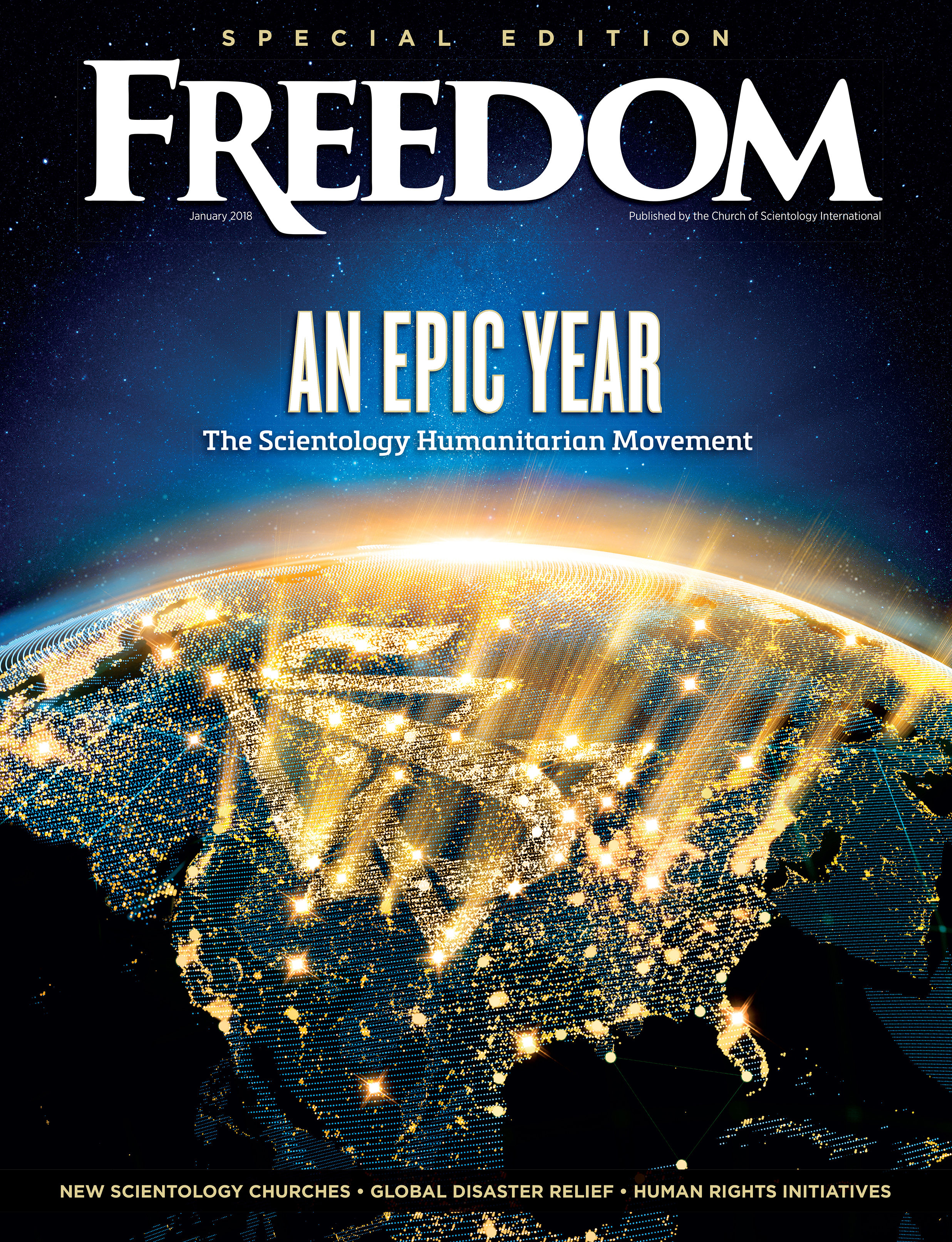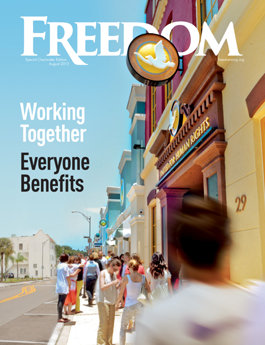Surely then, it must have ended on June 19, 1865, when the last slaves in America were liberated, resulting in our federal celebration of Juneteenth—right?
Wrong. Dead wrong. In fact, in America and all over the world, brutal slavery, in the form of human trafficking for forced prostitution, for labor, even for the removal of vital body parts for the black market organ trade, is a booming business today.
Social Indicators Research reported in November 2024 that, around the world, there are 65.3 million slaves, 30 percent more than prior estimates.
“We need to step up criminal justice responses to hold those at the top of the criminal chain accountable.”
“The new estimate … increases the proportion of trafficking for purposes of sexual exploitation from 27 to 56 percent, and increases the proportion of victims of trafficking who are female from 54 to 64 percent.”
Those involved in fighting human trafficking are, frankly and regrettably, losing the battle, while the criminal enslavers are clearly the victors.
It’s almost a no contest—a total shutout.
A new report on human trafficking by the United Nations Office on Drugs and Crime, the eighth such report, comparing 2019 figures to those of 2022, finds that slavery, in all categories, is on the increase, by about 25 percent in three years.
Forced labor trafficking increased by an incredible 47 percent. Child victimhood increased by 31 percent, while women and girls trafficked for the sex trade comprise some 60 percent of the total of humans trafficked.

In all, at least 162 different nations make up the source of victims of human trafficking, while victims end up in 128 countries, either in sexual bondage or slave labor—both categories comprising the vast majority of the 195 nations in the world.
Those from African countries make up 31 percent of slaves trafficked across borders.
Ghada Waly, UNODC director, said, “Criminals are increasingly trafficking people into forced labor, including to coerce them into running sophisticated online scams and cyber fraud, while women and girls face the risk of sexual exploitation and gender-based violence. We need to step up criminal justice responses to hold those at the top of the criminal chain accountable, work across borders to rescue victims and ensure survivors receive the support they need.”

The UN report states that 45 percent of trafficked boys are used for labor and 47 percent for other purposes, including forced criminality and begging. Shockingly, children make up an estimated 38 percent of those trafficked into slavery.
The most common victims of trafficking are adult women at 39 percent, followed by men at 23 percent, girls at 22 percent and boys at 16 percent.
There are law enforcement attempts at halting the trade, ineffective though they may be.
Between 2019 and 2023 in the US, the number of trafficking cases opened by the Department of Homeland Security leapt from 1,024 to 1,282. During the same period, the number of people assisted by Department of Justice programs went from 8,375 to 10,915. But convictions dropped from 475 to 289.
One of the most evil forms of trafficking involves slavery for the purpose of removing organs for sale in the international organ black market.
There were 700 cases reported between 2008 and 2022, but the UNODC admits “the scale of the problem is likely to be much larger.”
In part because trafficking for organ removal is likely to be a quick procedure, while sex or labor trafficking takes place over a much longer period, trafficking for the purpose of organ removal is much harder to detect. Statistics are therefore unreliable.
Victims are often deceived or coerced into agreeing to a surgical procedure. Such procedures are seldom done in dingy basement setups. In fact, they may well be done in “legitimate” hospitals whose personnel have been tricked into believing the patient is a legitimate organ donor or who may even be collaborating with traffickers themselves.
But the lack of post-operative care might condemn organ theft victims to death; once the enslavers get what they want, they often disappear, abandoning victims.
Global Financial Integrity estimates that 10 percent of all organ transplants involve black market organs, while the World Health Organization (WHO) believes that 10,000 kidneys are traded on the black market every year.
The trade is driven by profitability: On the black market, a heart can fetch $130,000; lungs, $150,000; and a liver can cost $98,000—all motivated by the desperation of patients. It can take years to receive a legitimate transplant, while black market organs can be quickly obtained.
It is easy to get bogged down in statistics and swamped by numbers when reading the UN’s report, but we must keep in sight the human misery these figures represent—people chained to labor for their entire lives, unpaid, with no means of escape; women trapped in the hell of sexual slavery, forced to “service” an unending stream of brutalizing strangers; and children denied any chance at a normal, happy childhood.
Instead of statistics, let’s consider their hopelessness, anguish and pain. This is the hateful result of a world in chains.
Slavery is still very much alive, but it needs killing. It needs to be dead and buried, six feet down, forever interred among the rest of humanity’s bitter wickedness.






















